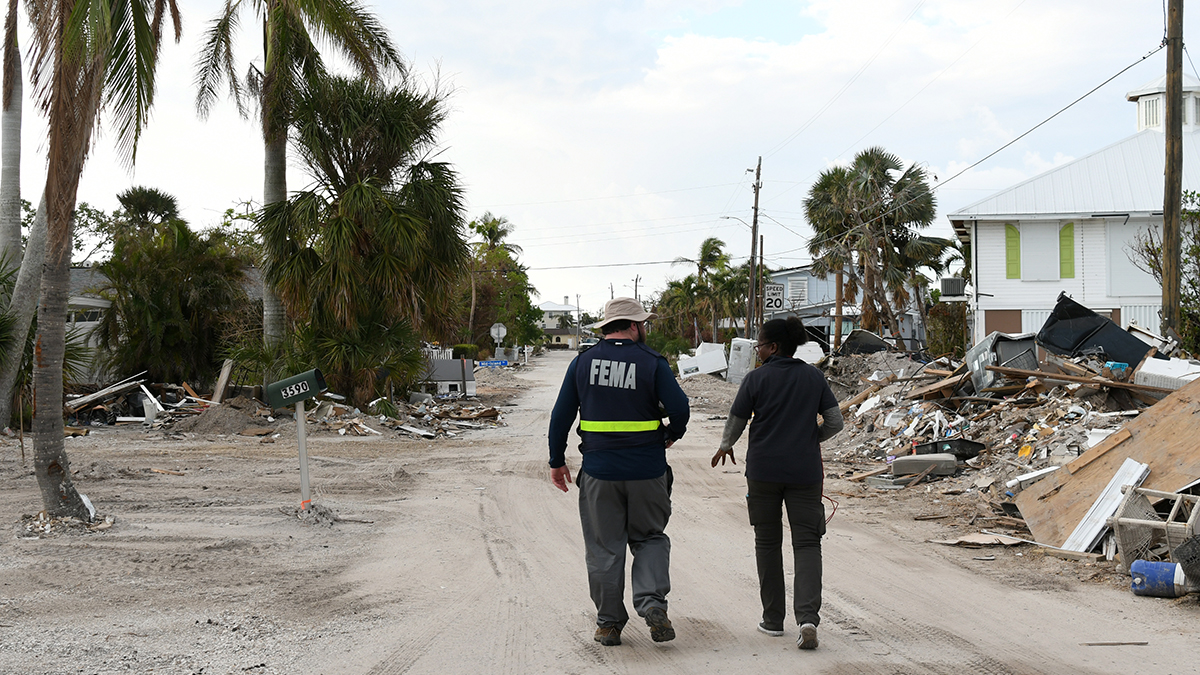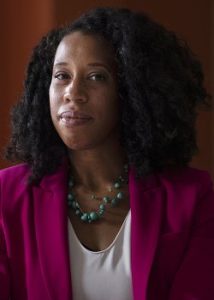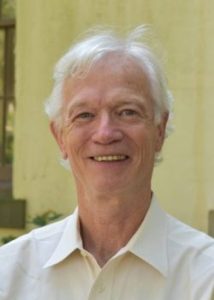A UNC Coastal Resilience Center study of four hard-hit counties shows how agencies can better support vulnerable communities.

When does equality create inequality?
It happens when government agencies such as the Federal Emergency Management Agency (FEMA) practice “equal” disaster relief distribution. Relief goes equally to two groups: people who can afford to live in safer areas and recover more quickly and more vulnerable people with fewer resources living in areas prone to disaster damage, said Cassandra R. Davis, assistant professor in the College of Arts and Sciences’ public policy department. The result is inequities for marginalized populations.

Davis knows this from research that she conducted with Philip Berke, research professor, and Miyuki Hino, assistant professor — both in the College’s city and regional planning department — that shows government officials may not understand the term equity or how to apply it.
“Social equity is not a new term, but it’s new to the emergency world,” Davis said.
Disaster relief agencies and local communities can now turn to recommendations from a study by the researchers on how to equitably prepare marginalized groups for disaster and support their recovery. Funded by the U.S. Department of Homeland Security, the study is titled “A landscape study of social equity data needs and its access and availability to support to disaster resilience of marginalized communities.”
The researchers, all investigators with the UNC Coastal Resilience Center, looked at four North Carolina counties, rural and urban, that historically experience disasters in various forms. They reviewed emergency plans and secondary data sources, vulnerability indicators for local populations and historical documents in:
- Buncombe County — characterized by medium population density with severe winter storms, fires, flooding, landslides and mudslides.
- Burke County — low density with severe winter storms, fire, flooding, landslides and mudslides.
- Edgecombe County — low density with hurricanes and rural flooding.
- Mecklenburg County — high density with urban flooding.

A framework did not exist for the team’s application of equity to emergency and disaster risk management, so the team created one. They considered some 30 established frameworks for understanding equity in education, health care, urban planning and other disciplines and used relevant components.
Then they selected the vulnerability indicators they would review:
- Disaster impacts — deaths, injuries, crop damage, home damage.
- Demographics — age, race, education.
- Access to healthy food and health care — pharmacies, clinics, hospitals.
- Discrimination legacies — racial zoning, legal segregation of infrastructure known as “redlining.”
- Economics — income, poverty rate.

The researchers also gathered data from case studies and research studies, including one on the likelihood that Hurricane Katrina harmed Black and poor people more than whites and high-income people and another on FEMA’s disproportionate provision of aid.
“Our push is, ‘Yes, it’s inequitable.’ We can point to the policies, the ways in which and why that happens. If we can agree that it happens, then agencies can become more strategic in identifying who’s at risk and better supporting those individuals so that they have a chance to recover,” said Davis.
Study findings
In the four counties, the team found conflicting historical narratives, clear indications of winners and losers and Indigenous populations with deep roots. They saw that a strong connection to manufacturing equals lower levels of high school completion and higher poverty levels and that individuals with an annual household income of $15,000 or less are more likely to be ineligible for FEMA resources.
They also found that agencies overlooked people by using two different measures of vulnerability with conflicting information — one from the Centers for Disease Control and Prevention and the Justice40 index created by the Biden administration.
The team documented that the counties had disaster plans with differing information. To receive Homeland Defense funding, local governments must complete a hazard mitigation plan that shows where people who are more susceptible to disaster live. That plan should be folded into a comprehensive plan for emergency operations, and each county’s plan should mirror the others, Davis said.
Recommendations for agencies
The team’s recommendations, which they will share with Homeland Security in March and FEMA in July, are for agencies to:
- Use multiple data sources to determine the best strategies to advance equitable and resilient outcomes for marginalized groups.
- Investigate a community’s history through an equity lens, including the history and presence of Indigenous populations; whether connections to manufacturing indicate higher rates of poverty and lower levels of high school completion; and a clear sense of winners and losers.
- Facilitate integration of a community’s hazard mitigation plan and its comprehensive plan to prevent problems as local government agencies share equity data; increase equity indicators in hazard mitigation plans; and increase equity indicators such as demographics and access to health care that are not linked to hazards in comprehensive plans.
- Include local government agencies and citizens to provide a more holistic perspective to aid preparation.
For use with the last recommendation, the team created an interview protocol to help agencies learn how past disasters affected communities and gather suggestions for planning. They recommend interviewing current and former residents, business owners and employees, nongovernmental agencies, faith-based organizations, government officials, emergency managers and other stakeholders.
The team will visit the counties later this month to interview relief workers and community members. Meanwhile, they have added California, Iowa and Louisiana — each with four sites — to the study.
“Our goal is to match things up and have one operating system or one protocol,” Davis said.
By Scott Jared, The Well
